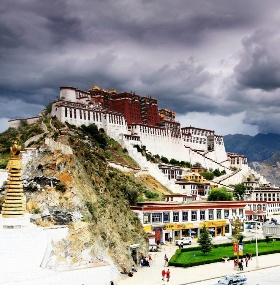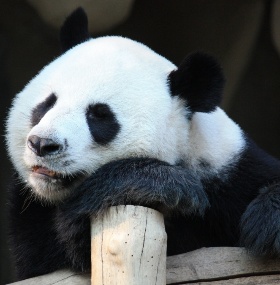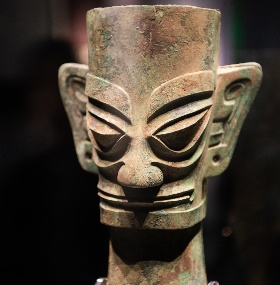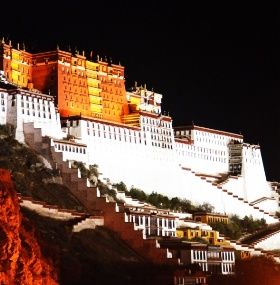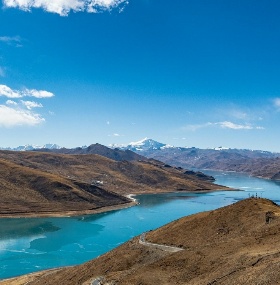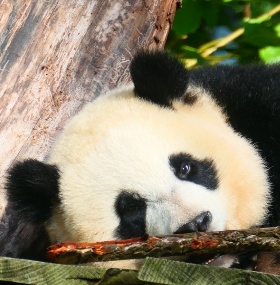Sichuan's Scenic and Sacred Mountains Tour
This seven-day travel itinerary through Sichuan combines stunning natural landscapes, ancient heritage, and cultural experiences. This journey offers a perfect mix of Sichuan's natural wonders, cultural richness, and leisurely urban charm.
Daily itinerary (customizable for free)
Expand All
Close All
Create Your Customized Trip
Take about 2 minutes to fill the form to tell us how you like to travel, and get a reply within 1 working day.

